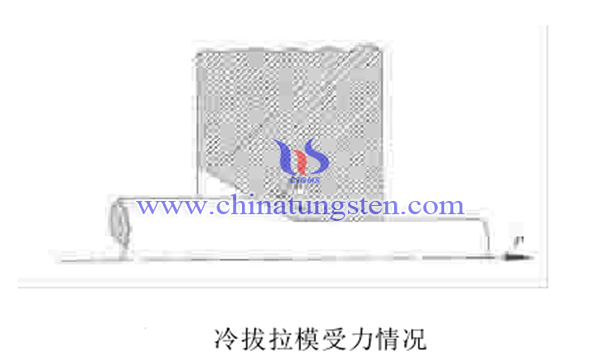Phosphotungstate Simple Synthesis
- Details
- Category: Tungsten Information
- Published on Sunday, 27 January 2019 19:26
Heteropoly acids are metal oxygen clusters formed by bridging metal atoms with oxygen atoms. Heteropoly acid has good catalytic performance and is an efficient bifunctional catalyst. It has not only acid catalytic performance, but also redox catalytic performance. Heteropoly acid has stable structure and can be used in homogeneous or heterogeneous catalytic environment. It can also be used together with phase transfer catalyst. It has no pollution to the environment and little corrosiveness to equipment. It is a promising green catalyst.

At present, with the rapid development of dye textile industry, the variety and amount of dyes are becoming more and more complex, and the discharge of wastewater is also increasing rapidly. Printing and dyeing wastewater has become one of the key pollution sources of water system environment. The composition of printing and dyeing wastewater is complex, often containing refractory organic pollutants, some even carcinogenic, mutagenic, teratogenic organic substances. In recent years, the new photocatalytic technology has been widely used in wastewater treatment. Bismuth tungstate and titanium dioxide are known as common photocatalysts. In fact, tungsten heteropoly acid can also be used for photocatalysis. In particular, phosphotungstates with Keggin structure have attracted much attention due to their good stability, visible light absorption, high catalytic activity, low cost and non-toxicity.
The traditional synthesis of phosphotungstate is usually prepared by chemical precipitation method. This method only requires the acid strength of the catalyst, but has no specific requirements for the specific surface area and morphology of the catalyst. In order to improve the specific surface area of phosphotungstate, some scholars have adopted a simple preparation method. Taking silver phosphotungstate as an example, the process is as follows:
(1)Mix polyethylene glycol and water in a volume ratio of 0.05/1-10/1 evenly, then add silver nitrate and phosphotungstic acid to the same amount of mixed solution, stir at 10-40 ℃ to clear and transparent liquid, stirring speed is 100-300 rpm; then add phosphotungstic acid solution to silver nitrate solution and stir at low speed for 20-100 minutes.
(2)Adding a large amount of ethanol to the clarified transparent liquid obtained in step 1 produces white precipitation, filters it, washes it with ethanol, and repeats it three times.
(3) A rhombic hollow silver phosphotungstate rod material was obtained by drying the powder obtained in step 2 in an oven at 50 ℃.
The rhombic hollow silver phosphotungstate rod prepared by the above method has the structure of external rhombus and internal hexagonal hollow. It has high stability and large specific surface area. It is put into the photocatalytic test of methylene blue. The final calculation shows that the overall degradation rate of silver phosphotungstate rod is 96.2%, and the effect is very good.
- Tungsten Oxide Manufacturer & Supplier, Chinatungsten Online: www.tungsten-oxide.com
- Tungsten News & Prices of China Tungsten Industry Association: www.ctia.com.cn
- Molybdenum News & Price: news.molybdenum.com.cn
- Tel.: 86 592 5129696; Fax: 86 592 5129797; Email: sales@chinatungsten.com



 sales@chinatungsten.com
sales@chinatungsten.com